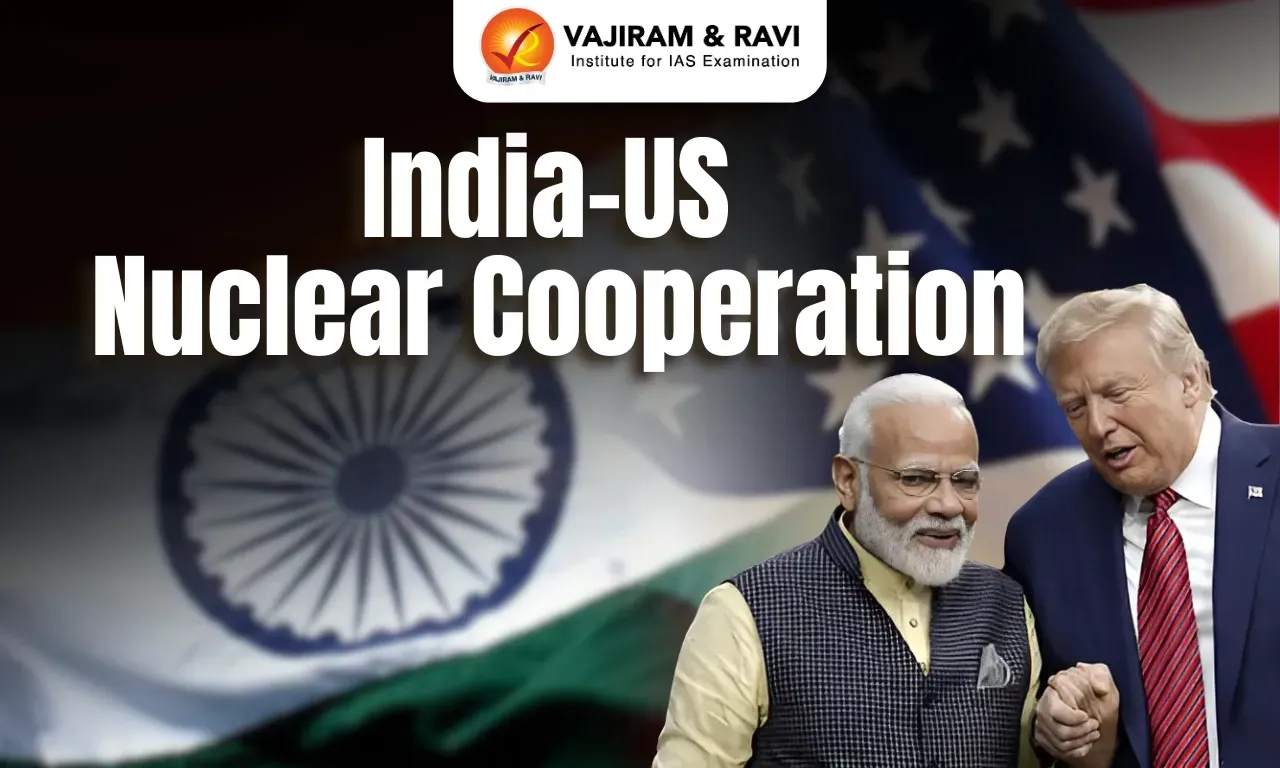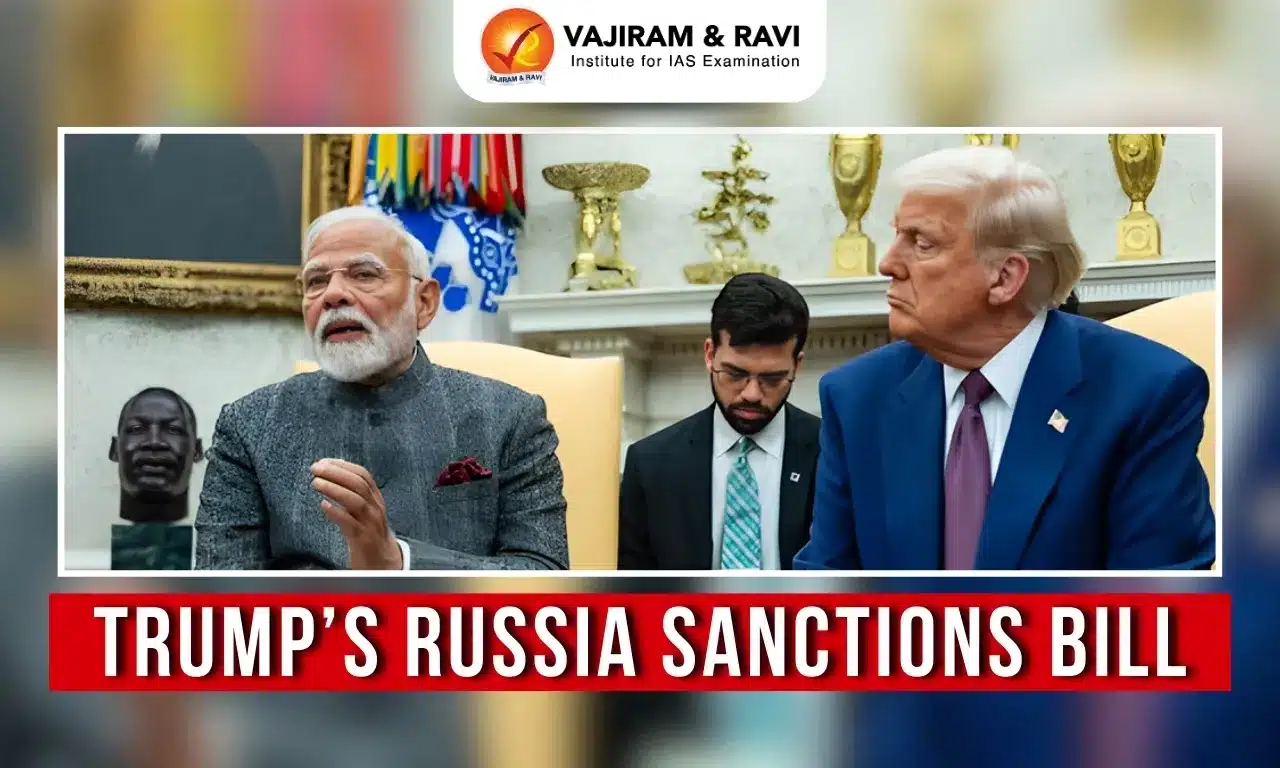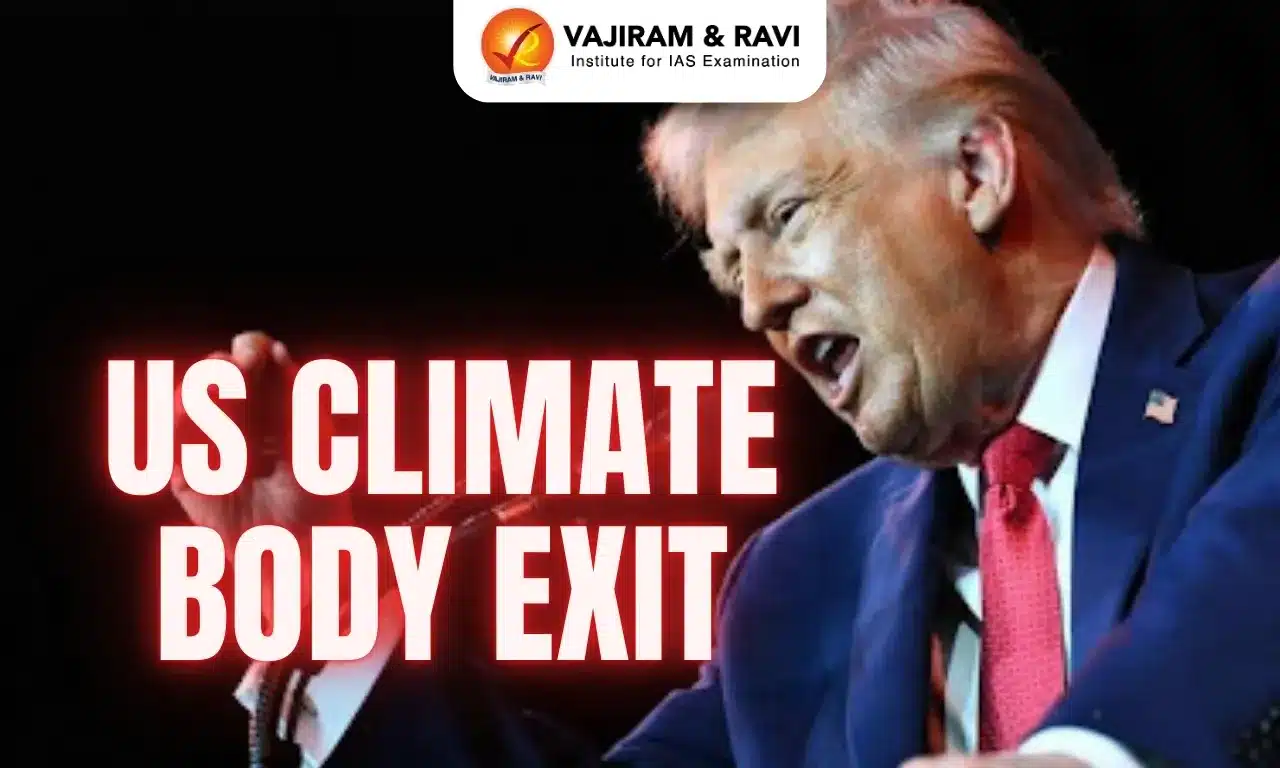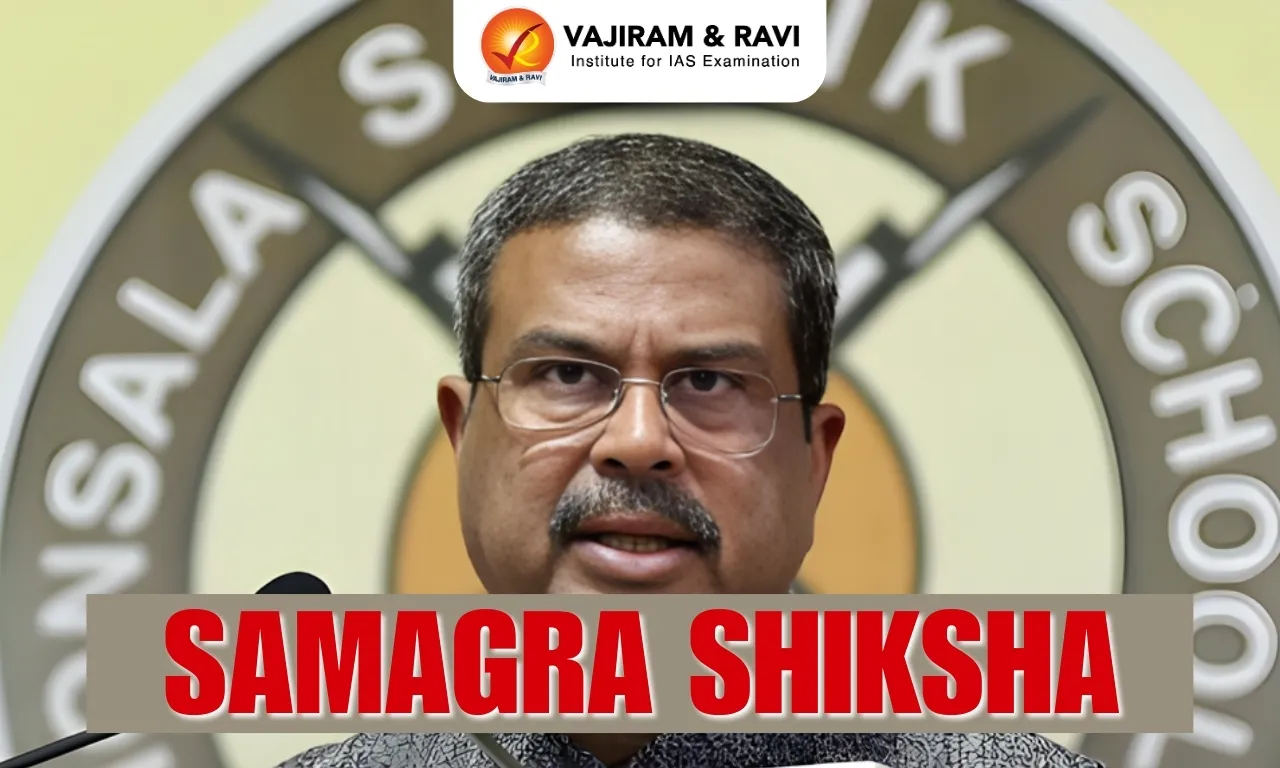What’s in Today’s Article?
- India-US nuclear cooperation Latest News
- Large-Scale Localisation & Technology Transfer
- Upgrading Reactor Specialisation
- Other Benefits
- India-US Nuclear Cooperation FAQs
India-US Nuclear Cooperation Latest News
- The renewed US-India nuclear cooperation signals a diplomatic win for India amid challenging trade discussions with the new US administration.
- Three key gains emerge: a reaffirmed commitment to the 123 Civil Nuclear Agreement, recognition of past stagnation, and a push to maximize the benefits of the Indo-US nuclear deal signed two decades ago.
Large-Scale Localisation & Technology Transfer
- Despite the US’s protectionist trade stance, the renewed nuclear cooperation includes a commitment to jointly build American-designed reactors in India.
- The pact emphasizes local manufacturing and potential tech transfer, deviating from Washington’s usual push to retain manufacturing within the US.
Upgrading Reactor Specialisation
- The new nuclear deal provides India with an opportunity to modernize its reactor technology, aligning with globally prevalent designs and accelerating capacity expansion.
Advancing in Small Modular Reactors (SMRs)
- India aims to leverage private sector expertise to enter the growing SMR segment.
- While India has experience with 220MWe PHWRs, its reliance on heavy water and natural uranium makes it outdated compared to the dominant pressurised water reactors (PWRs).
Exploring Global Collaborations
- India’s Department of Atomic Energy is in discussions with Holtec International, a major nuclear technology exporter, to explore potential SMR collaborations.
Strategic Joint Push in SMRs
- India and the US are collaborating on small modular reactors (SMRs) to compete with China, which is emerging as a leader in this field.
- SMRs are a critical tool for both countries to expand their influence in the Global South, where China has capitalized on the opportunity in industries like electric vehicles.
Other Benefits
- Overcoming Technological and Economic Challenges
- India’s technological limitations and the US’s high labor costs make it challenging to compete with China independently.
- The partnership opens up India’s nuclear sector, potentially ending the country’s technology isolation and boosting its role in the global nuclear market.
- Holtec International’s Role and Investments
- Holtec International plans to expand its operations in India, including establishing a nuclear technology campus in Pune and a specialty manufacturing plant.
- The company anticipates significant foreign investment in India’s nuclear sector, driving economic growth.
- Reviving Nuclear Cooperation
- The 123 agreement between India and the US, signed in 2007, aimed to foster full civil nuclear energy cooperation but faced obstacles due to legislative challenges.
- India’s efforts to amend laws could break this deadlock, leading to joint manufacturing and SMR projects.
- SMRs: The Future of Nuclear Energy
- SMRs (30MWe to 300MWe) are gaining prominence as a sustainable and commercially viable option in the energy sector.
- Holtec’s SMR-300, supported by the US Department of Energy, is in early design stages, with potential deployments in the UK and Canada.
- Other Western competitors include Rolls-Royce, NuScale, Westinghouse, and GE-Hitachi.
India-US Nuclear Cooperation FAQs
Q1. What is the 123 Civil Nuclear Deal?
Ans. The 123 Civil Nuclear Deal between India and the US, signed in 2007, facilitates peaceful nuclear cooperation and technology transfer.
Q2. Which is the first nuclear project in India?
Ans. India’s first nuclear project was the Tarapur Atomic Power Station, commissioned in 1969, located in Maharashtra.
Q3. What is a small modular reactor?
Ans. Small Modular Reactors (SMRs) are compact nuclear reactors (30MWe to 300MWe) designed for cost-effective and scalable energy production.
Q4. Do any small modular reactors exist?
Ans. Yes, SMRs are under development, with prototypes like Holtec’s SMR-300 being planned for deployment in countries like the UK.
Q5. What is a pressurized water reactor (PWR)?
Ans. A Pressurized Water Reactor (PWR) uses water at high pressure to transfer heat from the reactor core, commonly used in nuclear power plants.
Last updated on January, 2026
→ Check out the latest UPSC Syllabus 2026 here.
→ Join Vajiram & Ravi’s Interview Guidance Programme for expert help to crack your final UPSC stage.
→ UPSC Mains Result 2025 is now out.
→ UPSC Notification 2026 is scheduled to be released on January 14, 2026.
→ UPSC Calendar 2026 has been released.
→ UPSC Prelims 2026 will be conducted on 24th May, 2026 & UPSC Mains 2026 will be conducted on 21st August 2026.
→ The UPSC Selection Process is of 3 stages-Prelims, Mains and Interview.
→ Prepare effectively with Vajiram & Ravi’s UPSC Prelims Test Series 2026 featuring full-length mock tests, detailed solutions, and performance analysis.
→ Enroll in Vajiram & Ravi’s UPSC Mains Test Series 2026 for structured answer writing practice, expert evaluation, and exam-oriented feedback.
→ Join Vajiram & Ravi’s Best UPSC Mentorship Program for personalized guidance, strategy planning, and one-to-one support from experienced mentors.
→ UPSC Result 2024 is released with latest UPSC Marksheet 2024. Check Now!
→ UPSC Toppers List 2024 is released now. Shakti Dubey is UPSC AIR 1 2024 Topper.
→ Also check Best UPSC Coaching in India

















